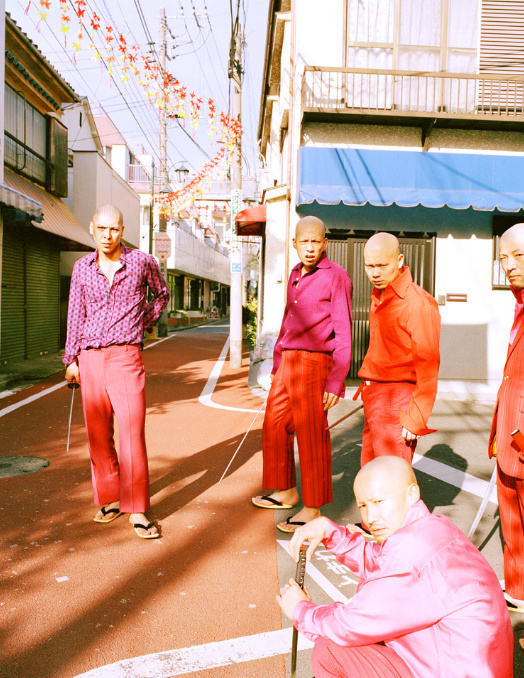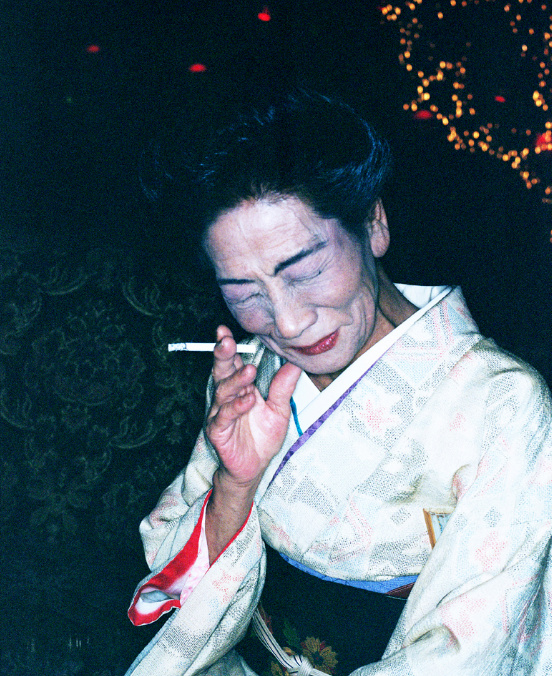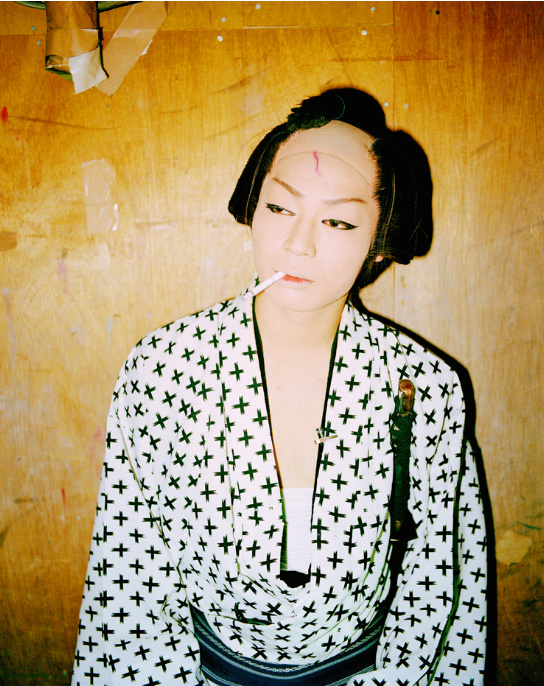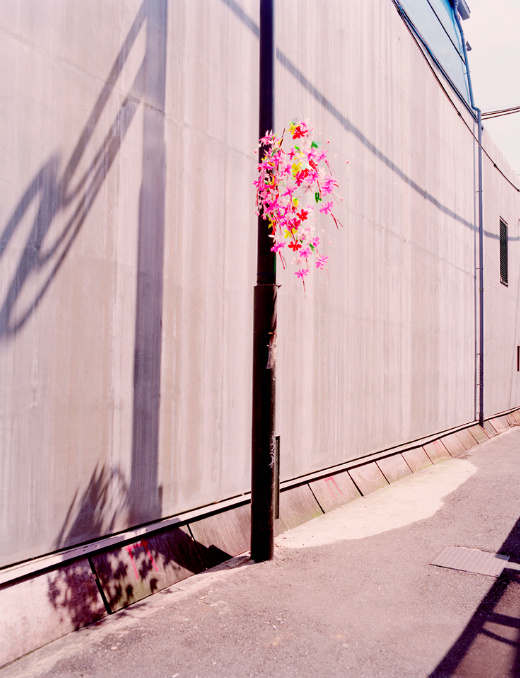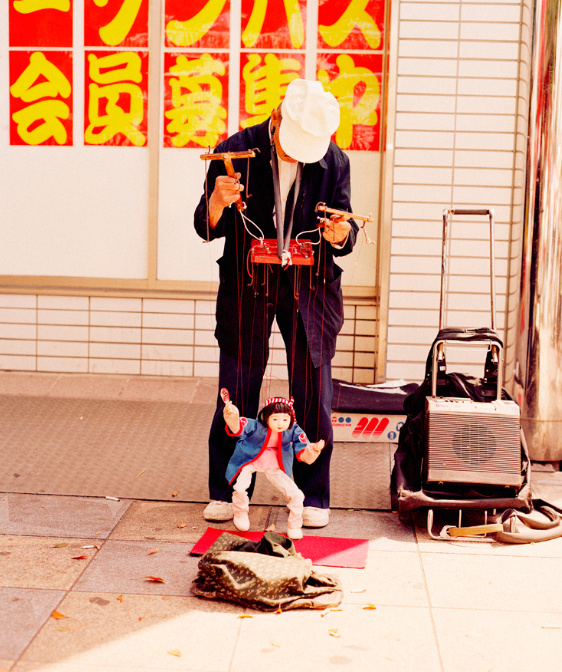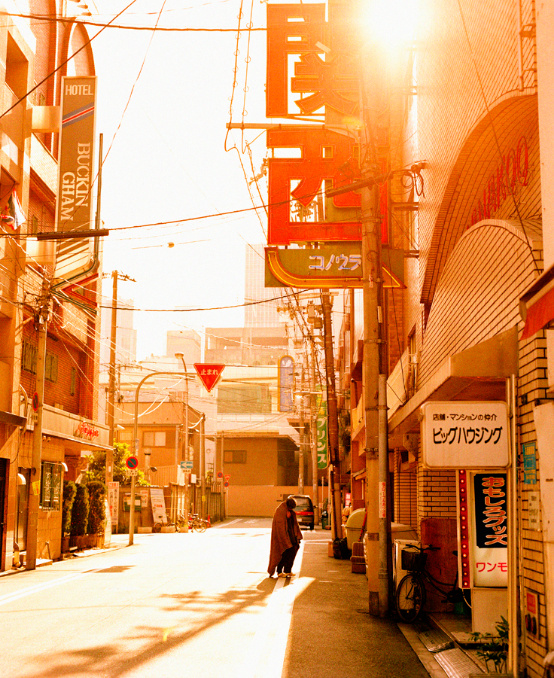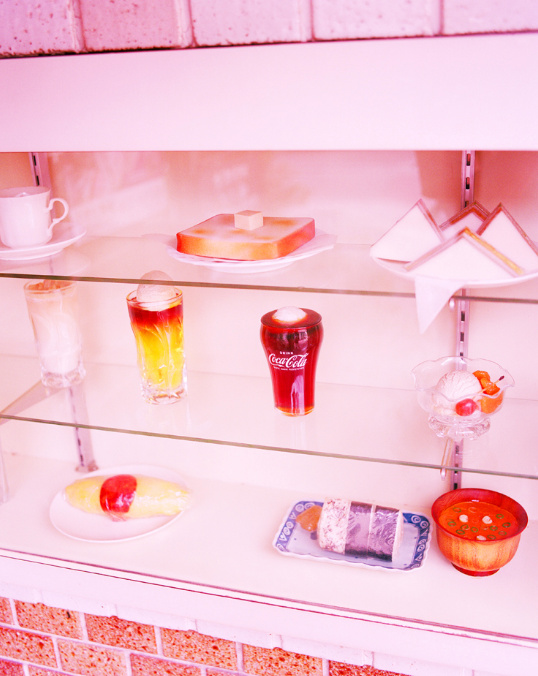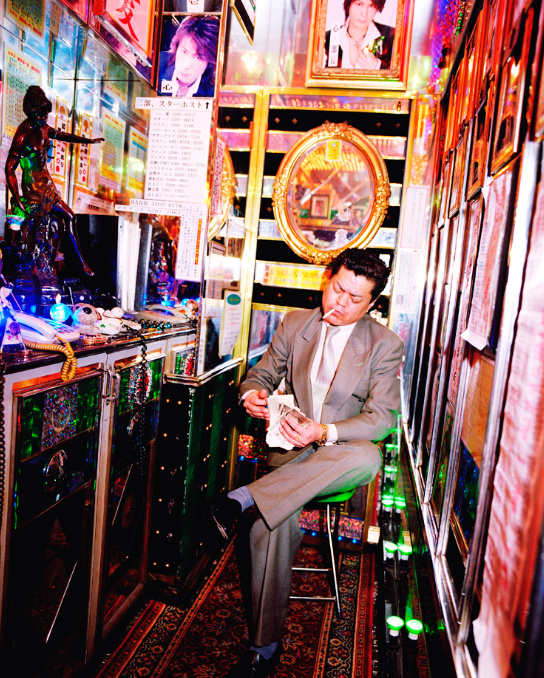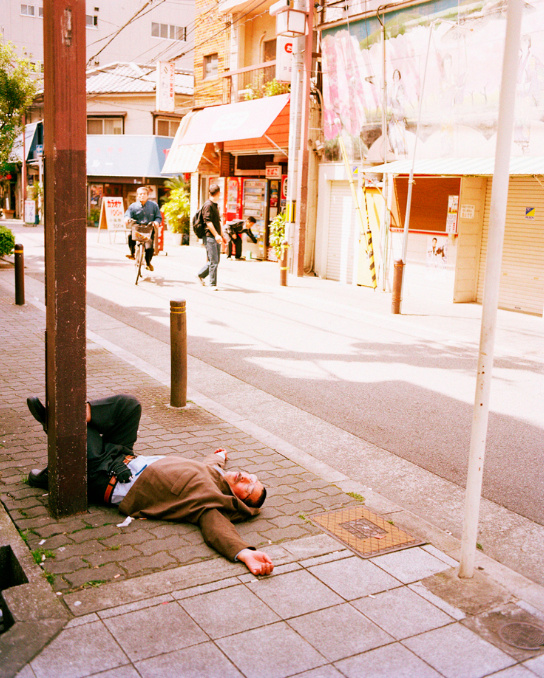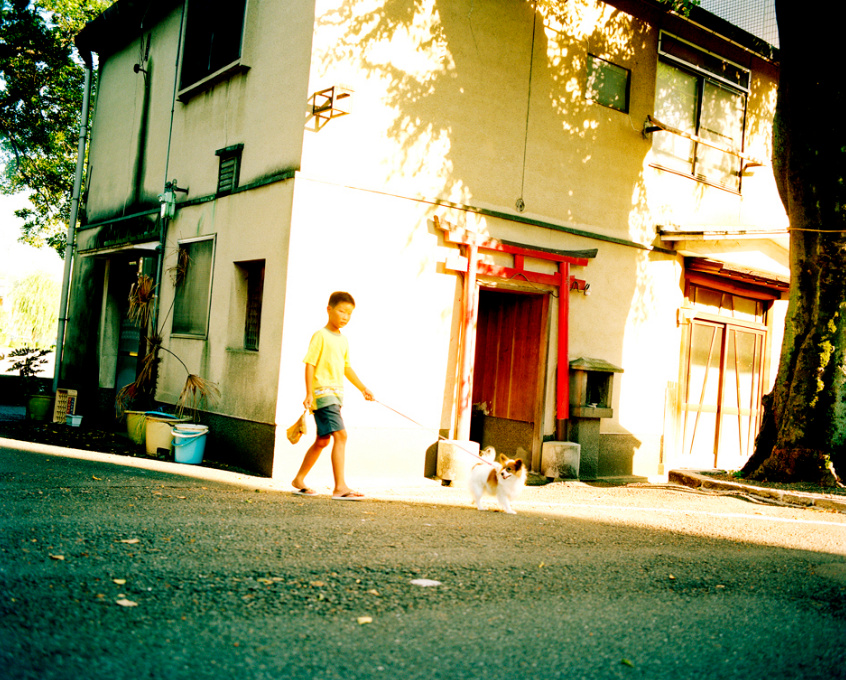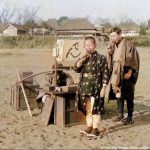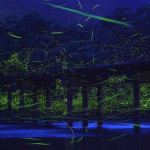Japan’s Showa period lasted from 1926 to 1989, ending with Showa 64 when Emperor Hirohito passed away. But if the Showa period would have continued, this year would be Showa 91; 2017 would be Showa 92. Which brings us to the work of photographer Kazuyoshi Usui. In 2011 he presented “Showa 88,” a look at Japan’s colorful and vivacious past, which extends into today.
Last year Usui released a follow-up: Showa 92. The photographs share a similar plasticity: pinkish-hues and saccharine-sweet compositions that shuffle the past, present and future. But in his new series the objective feels more clear. With the Tokyo Olympics approaching in 2020, Usui felt that Japan was in the midst of a “cleansing war” going on. The cleansing war had begun in 2003 under ex-Tokyo mayor Shintaro Ishihara. It was an initiative to clean up Kabukicho, a notorious red-light district in Shinjuku known for money, sex and violence.
But with a tourism boom that is expected to continue at least through 2020, Japan is rapidly changing. So Usui traveled to some of Japan’s oldest red-light districts in Osaka and Kyoto to document glimpses of Japan’s Showa that still exists today.

